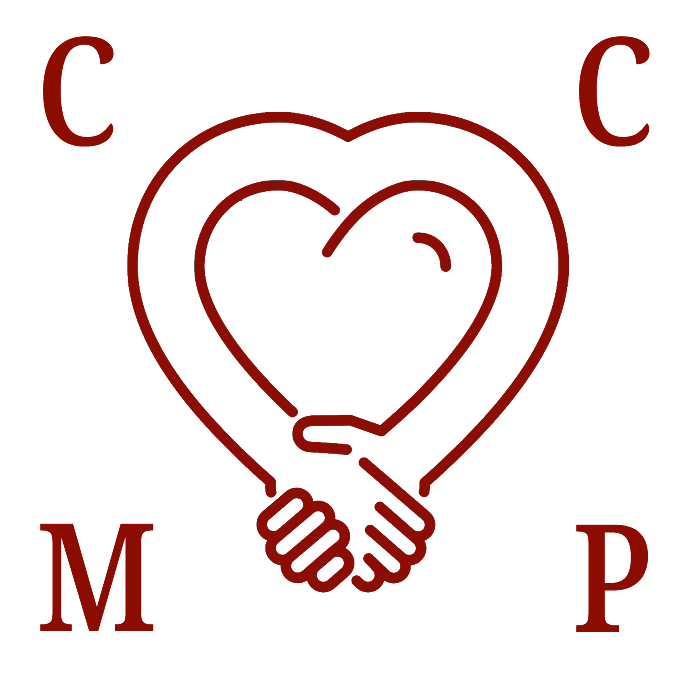Self-Compassion Flow
The Nature of Self-Compassion Flow
Self-Compassion Flow is important. Just like boxing, dancing, music, or conversations that transpire organically, self-compassion is most effective when it follows a certain rhythm. It works best, when it feels like the natural response to your experience. You recognize yourself in this self-compassion. It no longer feels borrowed or contrived. It has become your own.
Members of all of these groups describe being in flow as feeling effortless, natural, and mostly good. By good, they mean that they feel self-assured and connected to a part of themselves that they associate with empowerment.
Now that we have you excited about self-compassion flow, we just need to get you there. To find your self-compassion flow you need to give yourself 3 permissions. 1. Permission To Practice Imperfectly. 2. Permission To Find Your Own Rhythm. 3. Permission To Own And Trust Your Flow.
1. Permission To Practice Imperfectly.
Part of finding your flow requires that you practice often, and that you know that your body and mind are programmed to sense patterns, to make things automatic, and to put those things together. Self-Compassion, like most things, will be more stilted and clunky the harder you try to force it to work robotically and dogmatically. Sometimes, you will forget a phrase or two. Other times, the self-compassion will come too early or too late. There will also be times that your self-compassion practice will not sound or look like the self-compassion teacher you are trying to mimic.
Let all these things be ok. Imperfect practice is part of the process. Your body and mind will self-correct, when they need to. Your only job is to come back to the process, when you can with kindness, and to respect your body and mind when they are urging you to let the practice go for the moment. You would be surprised how many people devised brilliant self-compassion tools simply from observing the rough edges or subtle errors of their practice.
2. Permission To Find Your Own Rhythm.
As with all new skills, we tend to find someone to model ourselves after. We make a mental note of how they practice, and we try to match this process. Even when it feels like poor timing and it is ill received by the body and mind, still we try to conform to the example we have come to know and trust. It is helpful to have a model. You must have some foundation in the practice to be sure that you are practicing self-compassion.
However, while you are practicing, your body and mind will find their own natural rhythm. You will find the words that feel right to you. You will find the ways to give yourself self-compassion that both empower you, and feel natural, even effortless at times. You must give yourself permission to find your own rhythm.
3. Permission To Own And Trust Your Flow.
Once you have developed a rhythm or flow, its true test will come, when suffering arises. You will be tempted to use the scripts or practices learned from others, and that is ok. We honor those feelings. However, at some point if you truly want to be able to practice self-compassion in a way that makes you feel capable, worthy, and complete, then you must trust your own flow.
Of course, now and then it will not work, but that is true about everything. You will not stop reading because you feel like you have not learned anything today. You will not stop exercising because of one poor workout. You will not stop calling family and friends because one conversation went awry.
Trust your flow. Deep down in the most fundamental parts of ourselves we are able to care for others and ourselves. This is how our species has survived thousands of years. Let that sync in. Your genetic coding is not driven by your worries or past actions. It just exists, and when you tap into it often enough with self-compassion in mind, your self-compassion flow inevitably emerge. So, give yourself permission to own and trust your flow.
Final Thoughts
Some people have routines that help them get in flow. Boxers like to move around the ring or shadow box. Dancers like to turn on their favorite music, and slowly get excited. Musicians may start by playing their favorite song or listening to one of their favorite artists, and people who love to talk sometimes watch comedy to warm up their wit.
In my own self-compassion practice, I get in flow by thinking about one of the people I love most, and just allow my body to fill up with love and compassion the way it does, when I am around them. I am excited for you to find your own warm up process and flow. If you stick with it, and let it happen, it is only a matter of time before you become a self-compassion flow master.
365 Days of Self-Compassion. Day 141. In The Books.

